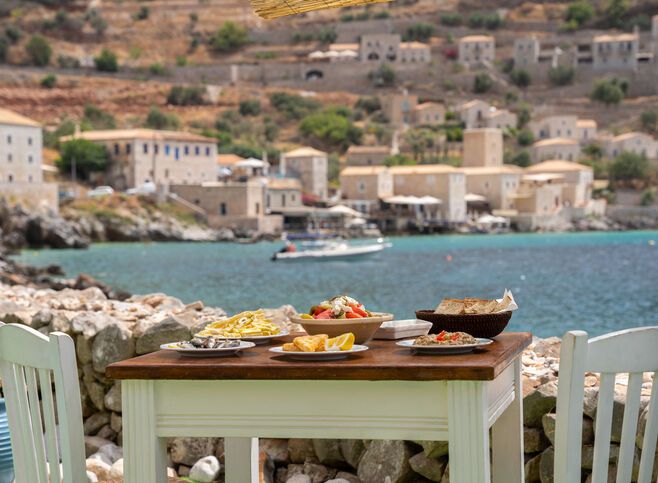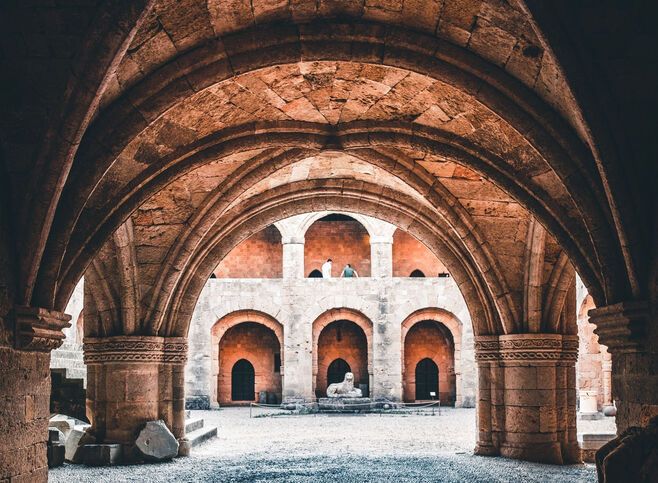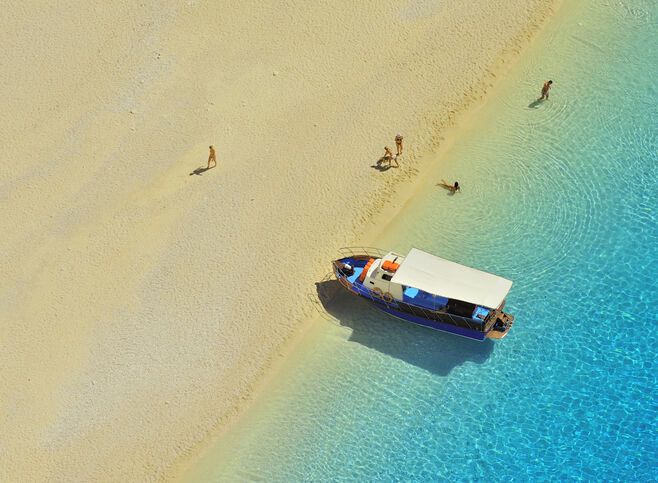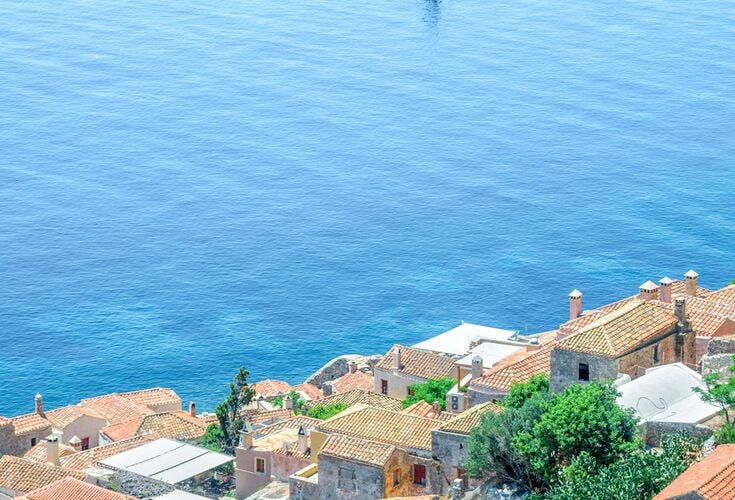Limeni boasts a handful of superb tower houses, some exceptional boutique hotels and great tavernas
+14
Dry, bare and rugged. Mani is the land of the prickly pear, bristling with forbidding tower houses, stone villages, Byzantine chapels, delightful coves and astonishing caves. The people here are frugal and close-knit, still adhering to centuries-old bloodlines and family ties.
Barricaded behind the crags of Mt Taygetos and ready for battle, the Maniots developed a powerful sense of autonomy, answerable to no one. What you see today is only what they consider permissible. But you’ll be overwhelmed with images of authentic Greece because here, in this far corner of the Peloponnese, everything is dramatic and bewitching.
They are the emblems of Mani. Stone strongholds that thrust from the rocky land as if to strike the sky itself. Their height was directly related to their defensive prowess, but also to the rank and social position of the family to which they belonged. Their construction was dictated by military strategy: no windows, minimal openings, battlements and multiple storeys, to give their defenders the advantage. And their spare, elegant masonry was the product of generations of local craftsmen who drew inspiration from Byzantine fortification architecture.
You will find this part of Greece’s history – Byzantium – throughout Mani. You’ll see Byzantine churches everywhere. Usually small and humble, they are nevertheless architectural masterpieces and monuments to unshakable faith. Their exteriors are of brick and russet stone, with many possessing beautiful domes, carved marble iconostases and other relief decorations.
The cluster of towers that forms this fortified village is among the most famous in the Mani and a hauntingly beautiful sight.
The colours and shapes here are beyond description. Spelunkers consider the Dirou Caves among the most important on the planet. Open to the public, the cave at Vlyhada is 2.5km long, while that at Alepotrypa (‘fox hole’) was inhabited in Neolithic times.
South of Areopolis, you’ll come to the indescribably lovely, much-photographed little fishing port of Limeni. It boasts a handful of superb tower houses, some exceptional boutique hotels and great fish tavernas.
The road ends at Cape Tainaron. The sharp tip of the Laconian peninsula, at Matapan, pierces the Mediterranean like a warrior’s lance and the famous Tainaron lighthouse warns ships of rocky shores. This is one of the most special sights in the Peloponnese. On the way, a little before Porto Sternes, the ruins of a temple of Poseidon form the foundations for the Asomatos. Look for the ancient cisterns and a pebble mosaic. This is the second most southern spot in continental Europe after Gibraltar.
Although this was a notorious pirates’ lair, the cape takes its name from the flocks of quail (quaglio in Italian) that pass through on their way south. In its heyday, the area was a major supplier of the tasty birds to France. Don’t forget to visit the stunning circular bay and the famous castle here.
Kotrona, up the east coast, was the site of Teuthrone, one of the most important Maniot harbours in Ancient Greece.




















